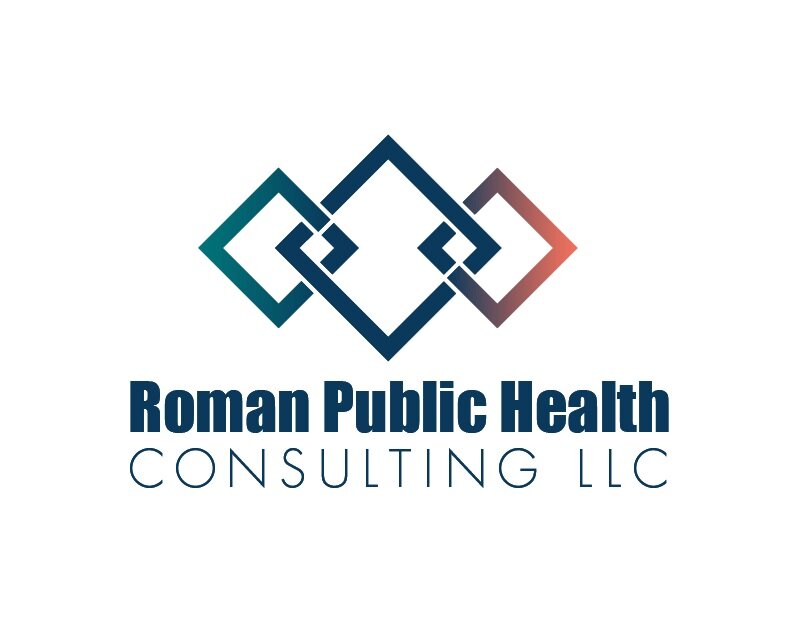A Public Health Course Audit: What It Is and Why You Should Get One
An audit is defined as “a methodical examination and review.” And this is exactly what I can do for you when you have an e-learning course, whether it is already live or still in development.
Conducting course audits is one of my favorite consulting services. I love getting to learn from my clients about so many interesting public health topics (yes, I take every course that I review!), celebrating the parts of the course that are strong, and identifying the content and/or design features that can be strengthened.
In today’s blog post, I answer FAQs about my audit service:
(1) What does the audit service process look like?
If we decide my audit service is a good fit, I’ll provide a price quote (your investment depends on the size/scope of course, how many materials or components need to be reviewed, and the project timeline- e.g., if you need a rush review).
Clients fill out a questionnaire so that I have all the background information on the course and their needs (e.g., course goals, intended learner audience, specific challenges they’re having with the course, etc.)
Clients provide me access to course materials (which can be in a learning management system or a folder of course outlines, PowerPoints, or storyboards if it’s still in development).
I provide each client with a comprehensive audit report that identifies areas of strength and recommended improvement. Alignment with best practices and supplemental resources are also linked or included.
I provide each client with the opportunity to ask follow up questions about their audit report (via email or a brief follow up call).
(2) What do you review during a course audit?
My audit reports have multiple sections to represent what I review including: Course overview/registration page, Learning objectives and activities, Course content, Accessibility, User interface, Learner assessment and feedback, Adult learning principles, and Overall (big picture) course feedback.
In each report, I check off if key components and best practices in each section are present and provide detailed comments to expand on my recommendations.
(3) What are some common problems you find during course audits?
Here are some common problems that I identify for clients:
Vague, unclear, or too broad learning audience (i.e., “this course is for everyone”)
The course content and course goals do not align (e.g., the course only provides the learner with knowledge but promises they’ll obtain expert skills at the end)
Basic accessibility features are not included
No evaluation plan beyond satisfaction survey (but again- often promises much more extensive learner transformation)
Poorly organized courses
Courses that have too much information overall and/or within each section or module. The information is sometimes outside of scope, not related to the learning objectives, etc.
Typos/errors/lack of references
Problems with course navigation or links
Courses that don’t integrate best practices for teaching adult learners
(4) What are the benefits for your clients?
“The most expensive training is training that doesn’t work.” (Michael Allen’s Guide to e-learning, 2nd edition)
I save course creators (and their intended learners) TIME and MONEY. A poorly designed course can result in:
Money and time wasted on developing the training.
Money and time wasted for the learners who got nothing out of the training (and they may be less motivated to participate next time!)
The problem or learning gap the training was supposed to fix is still there.
I’d love to be your “second set of eyes” on a course you are designing or revising. Please get in touch so we can chat about your project and see if a course audit is the right solution for you or your organization!
I’d Love To Hear From You!
If you’ve created an online course, what was the most challenging part of the design or development process?
Where could you have used a “second set of eyes”?

